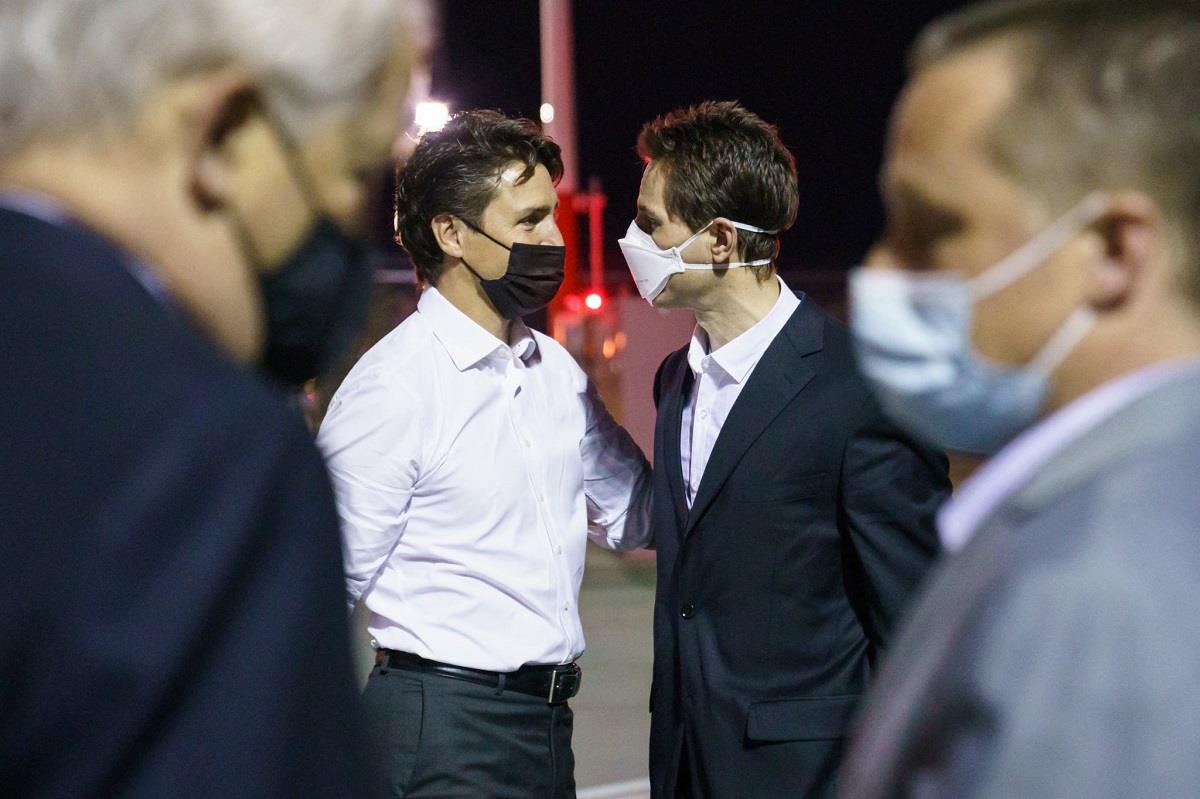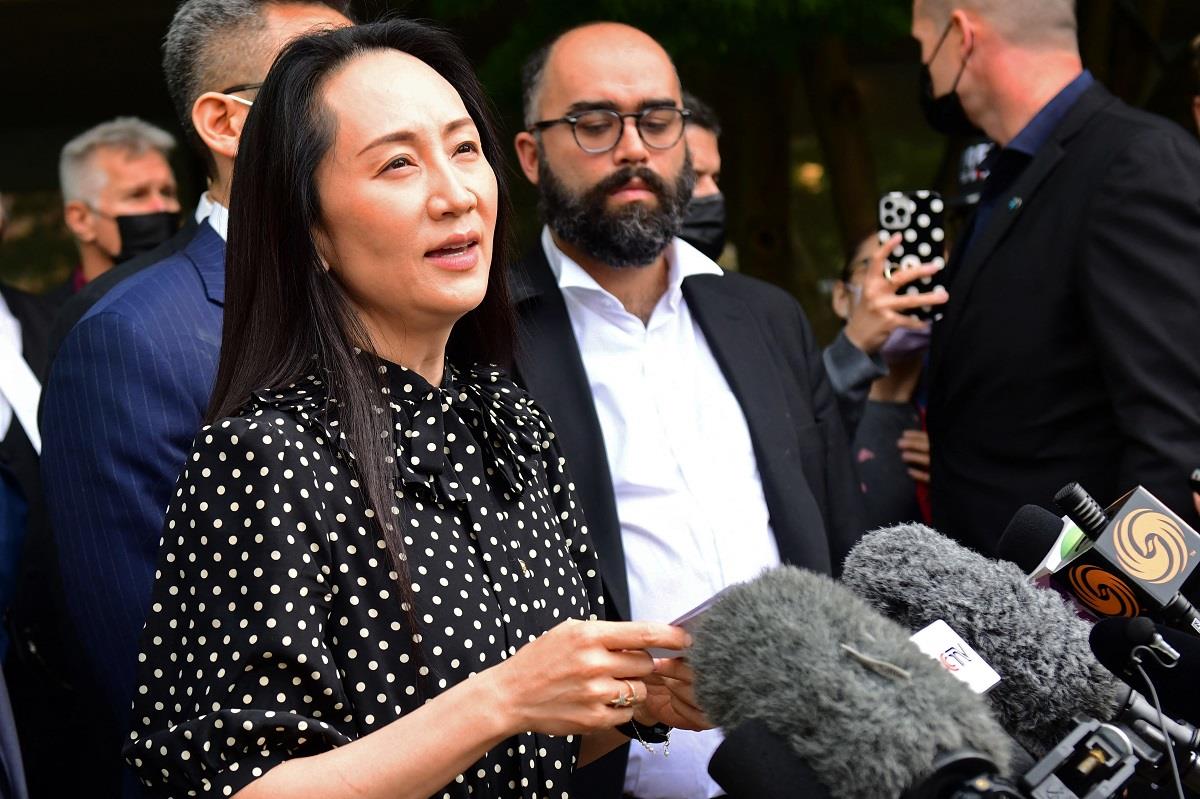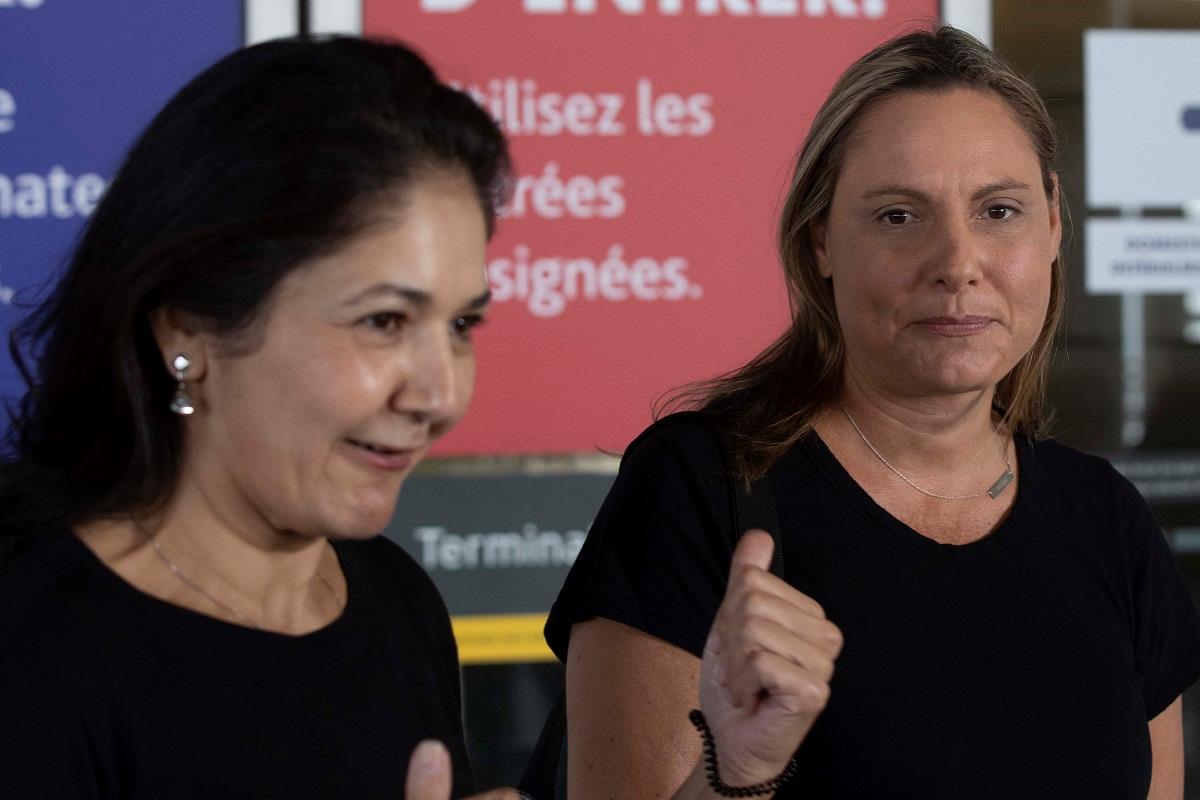(MENAFN- Asia Times) As Canada celebrates the return of the “two Michaels,” it's worth asking what this hostage diplomacy saga tells us about Canada-China relations and global affairs more broadly.
Michael Kovrig and Michael Spavor were airborne soon after Huawei executive Meng Wanzhou, held in Vancouver, reached a deferred prosecution agreement with the United States government.
Both China and Canada can claim to have achieved their goals — the two Michaels flew back to Canada to be greeted by Prime Minister Justin Trudeau while Meng Wanzhou had a triumphant return to China .
But China has emerged the big winner after quietly signalling its willingness to exchange prisoners for some time. Beijing retaliated for Meng's 2018 arrest by detaining Kovrig and Spavor in short order. When Meng was freed, so was the Canadian duo, surprising pundits and experts. It was tit for tat, Meng for the Michaels.
Many experts had expected China to wait a few months to maintain the claim that the two Canadians had been arrested for real crimes.
The swiftness of the Chinese action signaled, instead, a more important message to the world from the governing Chinese Communist Party: Don't mess with us.
China seeks the same global privileges the United States currently has and takes for granted. When it comes to the “rules-based international order” so beloved by Canada and like-minded states, the US government is both proponent and periodic abstainer.
In other words, the US plays by the rules when it's in the American national interest to do so. It breaks those rules when it wants to.
China's government wants the same privilege. After its“peaceful rise” to world power, it wants to be feared, respected and to possess the same ability to bend and change the rules. Canadian policy-makers would be wise to understand China seeks equality and respect, and learn from history to forge a more effective China strategy.

Michael Kovrig (center R) and Michael Savor (R) are greeted by Canada's Prime Minister Justin Trudeau as they return to Calgary. Photo: AFP EyePress News
Getting along with the Americans has been central to Canadian foreign policy for more than a century. It's time to learn how to apply the lessons learned to effectively manage the relationship with what is now the world's other superpower.
A look back in time reveals that tit-for-tat hostage diplomacy did not start with Meng's arrest.
In 1967, British authorities cracked down on protesters in Hong Kong. They banned three pro-Communist China newspapers and jailed some of their workers, including Chinese citizens.
Chinese authorities immediately retaliated by targeting the only British journalist in China. Reuters correspondent Anthony Grey spent 777 days under house arrest. After the Chinese newspaper workers completed a two-year jail term, Grey was quickly set free as well.
Chinese premier Zhou Enlai even told The Globe and Mail correspondent in China (my father, incidentally ) that Grey would be welcome to resume his Reuters duties. Zhou openly joked about his ability to jail or free the reporter at will.
Hostage diplomacy, in other words, is nothing new.
Canadian efforts since then have aimed to bring China into the“rules-based international order.” Pierre Trudeau's government defied American wishes when it established diplomatic relations with the People's Republic of China in 1971.
Canadian aid had largely been aimed at remaking China, similar to the efforts of Canadian missionaries who tried to change China in the late 19th and early 20th centuries.

Huawei chief financial officer Meng Wanzhou (C) talks to media after her extradition hearing ended in her favor, in Vancouver, Canada. Photo: AFP / Don MacKinnon
Since the 1970s, Canada's China policy has veered between a missionary impulse to transform the country and a merchant impulse to make money. Both were about“engagement ,” trying to have China follow international norms.
But in 1997, Canadian did an about-face when Jean Chrétien's government stopped supporting a United Nations resolution on human rights in China in favour of“bilateral human rights dialogues” with the Chinese.
As China expert Charles Burton has argued, those closed-door conversations were utterly ineffective in promoting human rights. Yet they were highly effective in sidelining human rights groups .
Canada declined to push China on human rights partly because it was in competition with other countries for what had become its primary China priority: trade. Canada began making huge trade missions to China , happy to snap up scraps tossed to it by a greater power.
Is it any surprise that in 2018, Chinese officials felt they could arrest Canadians with impunity and hold them without reprisals? Decades of Canadian policy had shown them they had little to fear.
China arrested Canadian citizen Huseyin Celil in 2006 and brushed aside Canadian“quiet diplomacy” easily. Canada's ambassador cared so little for the case that he even forgot Celil was Canadian .
Canadian diplomats clearly pulled off a clever solution to the two Michaels dilemma, but it was hardly an integrated approach given two-way trade has continued apace .
Today, there are already calls in Canada for a return to business“as usual” (literally) with China.

Wife of Michael Kovrig, Vina Nadjibulla (L) and his sister Ariana Botha speak to the media outside Toronto airport. Photo: AFP
But there are also demands for a much tougher stand against China , and calls for Canada to be allowed into the new AUKUS security pact between the US, the UK and Australia aimed at reining in the Chinese in the Indo-Pacific region.
But what's really needed is a policy informed by history and an understanding of China that's as astute as Canada's understanding of its neighbor to the south.
History matters to Chinese policy-makers. Historical analogies often telegraph Chinese intentions. Following the Chinese Revolution , China sought a return to respect and to the center of the global economy .
It's emerged in a strong position after the“century of humiliation” that allowed Western powers to dictate to it.
What can Canada do?
Canada could consider restoring the position of an embassy“Sinologist” (China expert) in Beijing. Universities could do more to teach future leaders about Chinese history. The media could report on China in more depth, as it does on US affairs.
At the same time, Canadian policy-makers must stop saying one thing and doing the opposite. Chinese officials study Canada, too.
Successive Canadian prime ministers and other leaders have shown the world they'll holler about human rights to domestic audiences while begging China for more trade. They'll talk and tweet about feminist foreign policies while shipping weapons systems to Saudi Arabia.
Rather than behaving like a“paper tiger ,” Canada needs to embark on a consistent rights-based policy , integrated into all aspects of foreign policy and trade as well as domestic policy.
After all, both Canada and China have abysmal human rights records on indigenous people — whether Cree or Uighur, Tibetan or Atikamekw — and have committed historical, ongoing genocide against them.
It's time for Canada to consistently match rhetoric to actions. Perhaps celebrations about the return of the two Michaels will lead to new policies that would avoid a repetition.
David Webster is Associate Professor of History at Bishop's University
This article is republished from The Conversation under a Creative Commons license. Read the original article .
MENAFN27092021000159011032ID1102871337